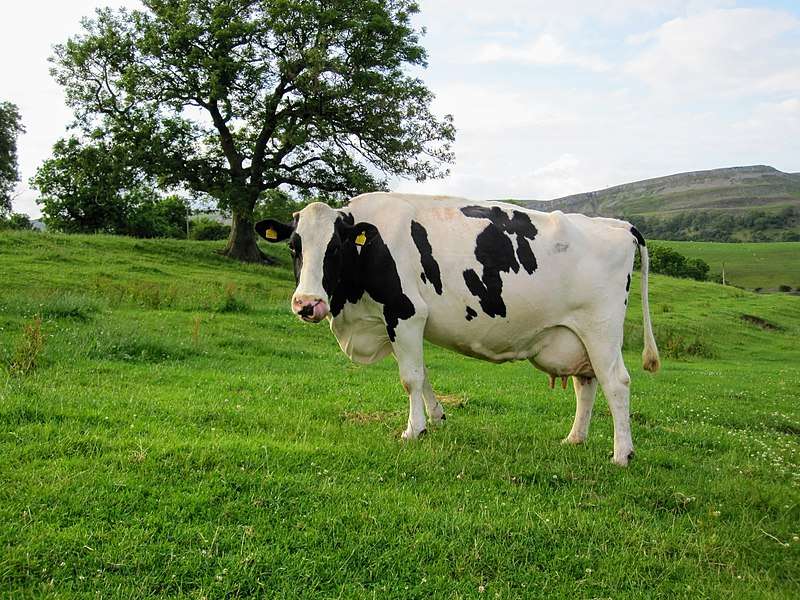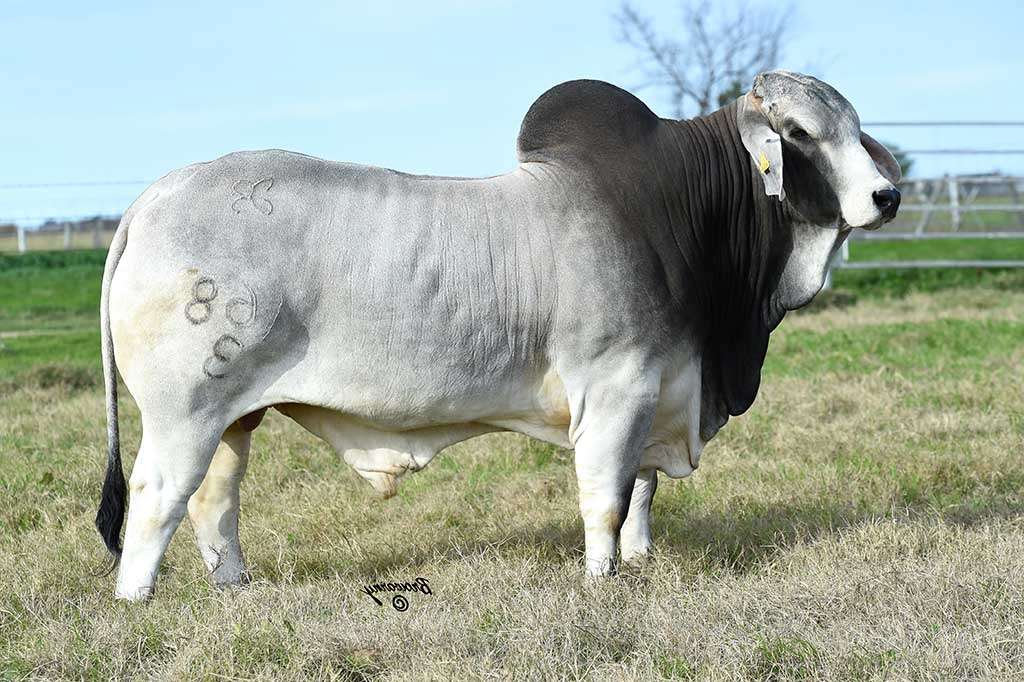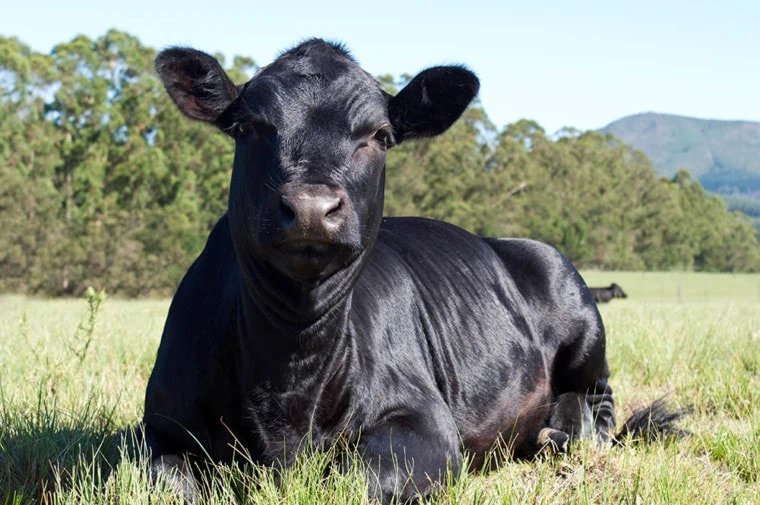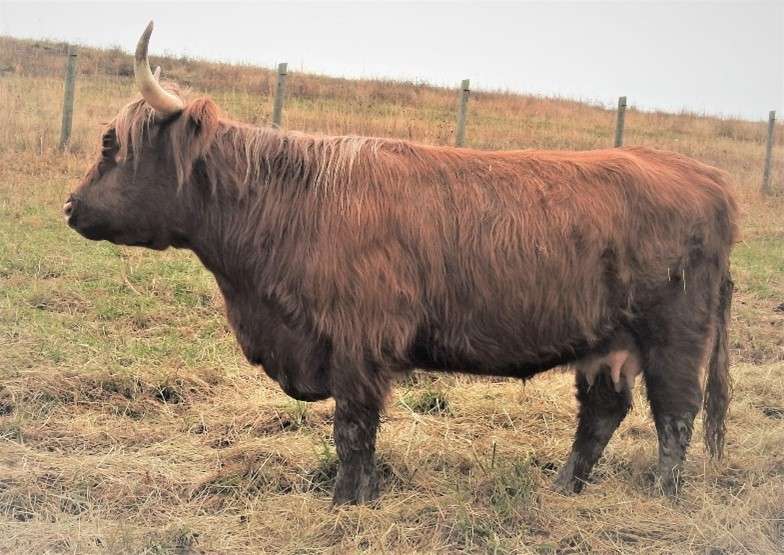
Size
1.5 m.
Color
Large cattle with black and white or red and white color patterns are known as holsteins.
Physical appearance
Large size and distinct rather than blending black-and-white spots characterize the physical appearance. It is thought that these animals have been chosen for their dairy capabilities for nearly 2,000 years.

Characteristics and Genetics
The Dutch provinces of North Holland and Friesland, as well as Schleswig-Holstein in northern Germany, are the places where the Holstein Friesians, often known as Holsteins in North America but Friesians in the UK and Ireland, are a breed of dairy cattle. Dutch and German breeders to create animals that could consume grass, the region’s most abundant food supply, as their primary source of nutrition, created the breed.
Uses
Holsteins have historically only been utilised as dairy cows. 90% of the dairy cattle stock in the US are of this breed. But Holsteins can also produce meat, especially veal. Another benefit for meat producers is how rapidly young Holsteins put on weight. To enhance the quality of their meat, Holsteins are frequently crossed with cattle from the beef breeds.
Origins
The Netherlands is where Holstein cattle were first created. They are said to be descended from cows raised by the two migrating tribes known as the Friesians and the Batavians, who arrived in the region some 2,000 years ago.
A Massachusetts dairy farmer first brought Holsteins to America in 1852. About 8,800 Holsteins were eventually imported from Europe before American farmers struck out on their own and created the first U.S. breed association and breeding programs.
Table





